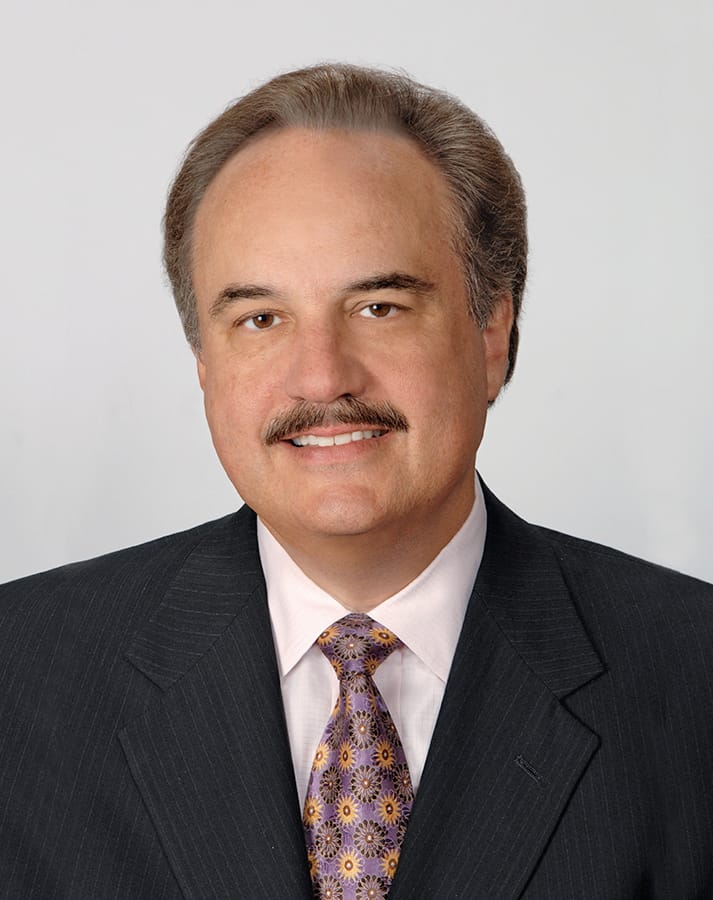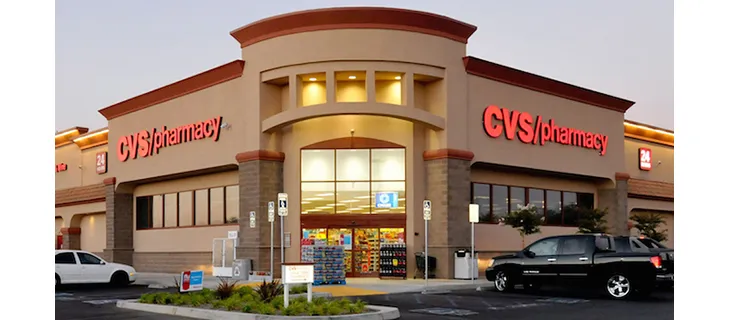
Larry Merlo
WOONSOCKET, R.I. — CVS Health posted stronger-than-expected fourth quarter earnings Wednesday but issued 2019 profit guidance that fell short of Wall Street forecasts linked to “significant additional deterioration” in its long-term care business.
CVS Health’s adjusted earnings for the three months ended in December came in at $2.14 per share, up 11.5% from the same period last year and firmly ahead of analysts projections of $2.05 per share. Group revenues rose 12.5% to $54.42 billion, a figure that fell modestly shy of the consensus estimate of $54.58 billion. CVS also said it took a $2.2 billion goodwill impairment charge linked to its long-term care (LTC) business.
“2018 was a milestone year for CVS Health, as we successfully completed our transformational merger with Aetna, began effective implementation of our integration strategy, and took important steps toward building the integrated health care model that will bring substantial value to our various stakeholders. We had strong financial performance and delivered on our operating expectations,” said Larry Merlo, president and chief executive officer of CVS Health.
“With the completion of the Aetna acquisition, we have set the stage for CVS Health to excel in a market that is rapidly transforming. We strongly believe in the long-term value that the full breadth of our capabilities can provide. Our unique combination will drive above-market growth going forward across all of the enterprise. Maintaining our focus on community-level products and services will drive meaningful value for both consumers and payors, while improving our bottom line and the value we return to shareholders. Ultimately, our open platform model allows us to meet the needs of all payors with newly created products and services. We’re more excited than ever about the opportunities that lie ahead,” he added.
As a result of the acquisition of Aetna, which closed November 28, the company established a new Health Care Benefits segment, which is the equivalent of the former Aetna Health Care segment. Certain aspects of Aetna’s operations, including products for which the company no longer solicits or accepts new customers, such as large case pensions and long-term care products, are included in the company’s Corporate/Other segment.
Revenues increased 12.5% and 5.3% for the three months and year ended December 31, respectively, compared to the prior year. Revenue growth was primarily driven by increased pharmacy network claims in the Pharmacy Services segment, increased prescription volume in the Retail/LTC segment and the addition of Aetna. The increase was partially offset by continued price compression in the Pharmacy Services segment and reimbursement pressure in the Retail/LTC segment, as well as increased generic dispensing.
Operating income declined in both the three months and year ended December 31 compared to the prior year, primarily due to the goodwill impairment charges.
Adjusted operating income increased 4.5% and 2.5% for the three months and year ended December 31, respectively, compared to the prior year. Earnings growth was primarily driven by increased prescription volume, improved purchasing economics and the addition of Aetna, partially offset by continued price compression in the Pharmacy Services segment and reimbursement pressure in the Retail/LTC segment.
Net loss for both the three months and year ended December 31 was driven primarily by the goodwill impairment charges in the Retail/LTC segment, the majority of which are not deductible for income tax purposes, and the increase in interest expense due to the 2018 financing associated with the acquisition of Aetna.
Revenues in the Pharmacy Services segment increased 2.2% and 2.7% in the three months and year ended December 31, respectively, compared to the prior year, due to increased total pharmacy claims volume, partially offset by continued client pricing pressures.
Total pharmacy claims processed increased 5.6% and 6.1%, on a 30-day equivalent basis, in the three months and year ended December 31, respectively, compared to the prior year, primarily driven by net new business and the continued adoption of Maintenance Choice offerings.
Revenues in the Retail/LTC segment were up 5.4% and 5.8% in the three months and year ended December 31, respectively, compared to the prior year. The increase in revenues was primarily driven by increased prescription volume and branded drug price inflation, partially offset by continued reimbursement pressure and the impact of recent generic introductions.
Front-store revenues remain approximately 23% of total Retail/LTC segment revenues. Front-store revenues increased in the three months and year ended December 31 compared to the prior year, primarily driven by increases in health product sales.
Total prescription volume grew 8.6% and 8.8%, on a 30-day equivalent basis, for the three months and year ended December 31, respectively, compared to the prior year. The growth was driven mainly by the continued adoption of patient care programs and collaborations with PBMs as well as preferred status in a number of Medicare Part D networks during 2018.
Last week, CVS unveiled its HealthHUBs, or concept stores that contain fewer traditional drugstore items like greeting cards and more health services like blood draws and health screenings.
The company’s full year 2019 consolidated GAAP operating income is projected to be in the range of $11.7 billion to $12.1 billion, while adjusted operating income is projected to be in the range of $14.8 billion to $15.2 billion. GAAP diluted EPS from continuing operations is projected to be in the range of $4.88 to $5.08, and adjusted EPS is projected to be in the range of $6.68 to $6.88. The adjustments between GAAP operating income and GAAP diluted EPS from continuing operations and adjusted operating income and adjusted EPS include adding back amortization of intangible assets and integration costs related to the acquisition of Aetna. The company expects to continue to generate strong cash flows in 2019, with projected cash flow from operations between $9.8 billion and $10.3 billion.
Merlo added, “2019 will be a year of transition as we integrate Aetna and focus on key pillars of our growth strategy. We are fully aware of the need to address the impact of certain headwinds that are having a disproportionate impact in 2019 compared to prior years, and importantly, we are taking comprehensive actions to move past them. We understand acutely the importance of balancing near-term execution with longer-term vision, and we are confident that our actions will position us well in 2020 and beyond.”









